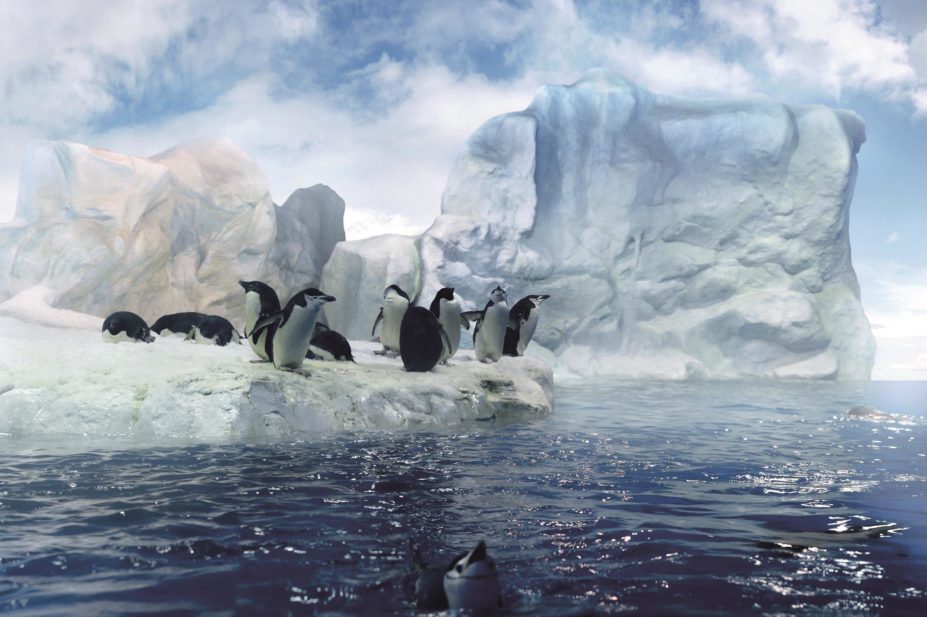
Shutterstock.com
You have probably seen John Lewis’s mawkish Christmas advertisement featuring Monty, an Adélie penguin created by computer-generated imagery. But spare a thought for the plight of Monty’s endangered real-life relatives, many of whom depend on the UK for their protection.
Britain has more penguins under its jurisdiction than any other nation. Penguins live and breed in the southernmost four of the UK’s 14 British Overseas Territories (i.e. in the British Antarctic Territory, in the Falkland Islands, in Saint Helena, Ascension and Tristan da Cunha, and in South Georgia and the South Sandwich Islands). Sadly, every species of penguin found in these four territories is on the red list of threatened species published by the International Union for Conservation of Nature (IUCN).
Five penguin species breed in the Falkland Islands. The most numerous are southern rockhoppers, with 300,000 pairs. But only 30 years ago, the Falklands hosted 2.5 million pairs, and the IUCN now lists the species as vulnerable. The severe decline is blamed on commercial fishing, and in 2001, the International Penguin Conservation Working Group recommended that large scale fishing should be banned within 30 miles of rockhopper breeding sites. However, the Falkland Islands government has refused to adopt this measure, and penguin numbers continue to plummet.
The closely related northern rockhopper, which breeds on Tristan da Cunha, is at even greater risk. Its total population has declined by 90% since the 1950s and it is now red-listed as endangered.
At slightly lower risk is the world’s most abundant penguin species, the macaroni penguin. But it is also in decline and is listed as vulnerable.
Monty’s Adélie cousins are faring better. Over the past 20 years their population has managed to increase by 50% to 3.8 million breeding pairs, most of which are to be found in the British Antarctic Territory. However, the species is still categorised as near threatened.
Also listed as near threatened are emperor penguins, despite having a stable population, and gentoo and magellanic penguins, both with falling numbers.
The news is better for the remaining two species found on British territory — chinstrap and king penguins. But while both are increasing in number, they remain red-listed, although categorised as of “least concern”.
I hope the UK Government is taking adequate steps to ensure the survival of the threatened penguins in its overseas territories. Perhaps John Lewis might like to contribute to their preservation.


